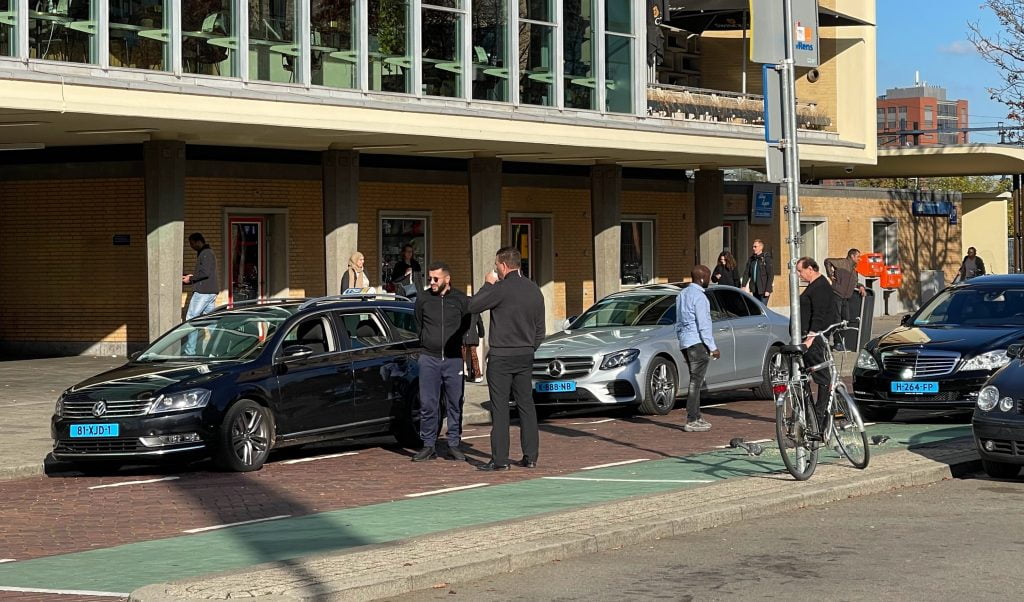The debate about the future of the taxi and healthcare transport sector in the Netherlands is complex and multifaceted, with a clear call for innovation and adaptation to changing circumstances.
Every week, more than a million people in the Netherlands get into taxis and healthcare vehicles, supported by around 27.000 employees and 8.000 self-employed people. This sector plays a crucial role in the daily mobility of many people, ranging from work and school runs to transport to medical appointments or social activities. With healthcare transport making up approximately 75% of the total market, and the remainder consisting of regular and business taxis, the impact of these services on society is significant.
challenges
In light of the recent price increases – 7% in 2023 and an expected 11 to 12% in 2024 – and the pressure from ride-sharing platforms such as Uber and Bolt, taxi companies face major challenges. The demand for taxi services within the entry-level market is diverse: the largest group of users are people on business visits, followed by education-related transport and participants in conferences. The fewest trips are made for commuting or shopping.
A notable point is the complexity of customer questions within target group transport, which coincides with pressure on healthcare and municipal budgets. This regularly causes a knowledge gap between transport providers and clients, and highlights the need for innovation and digitalization. According to the trade association KNV, there is an increasing need for smarter ones mobility solutions that seamlessly combine different types of transport, something known as integrated transport.

In their Future Vision 2030 'An indispensable link', KNV Healthcare Transport and Taxi identifies important trends that will determine the direction of the sector. Flexibility and quality, customer focus and pleasant working conditions are central themes. The trade association sees a need for discussions at regional and national level about a future-proof taxi sector that contributes to affordable accessibility.
These conversations are all the more relevant in light of social factors such as an aging population, which increases the demand for healthcare transport and at the same time puts pressure on the workforce. Attracting new talent and improving employment conditions, especially in the context of the platform economy and discussions about bogus self-employment, are crucial steps forward.
Despite the challenges, the openness to share data and collaborate within the sector offers opportunities for innovation. This can lead to more integrated services that not only increase efficiency but are also more focused on user needs. However, the question remains how these visions will be practically implemented and what role the government and private sector will play in shaping a future-proof mobility landscape.
The debate about the future of the taxi and healthcare transport sector in the Netherlands is complex and multifaceted, with a clear call for innovation and adaptation to changing circumstances. What is certain is that this sector remains an indispensable link in the mobility and accessibility of many Dutch people.




